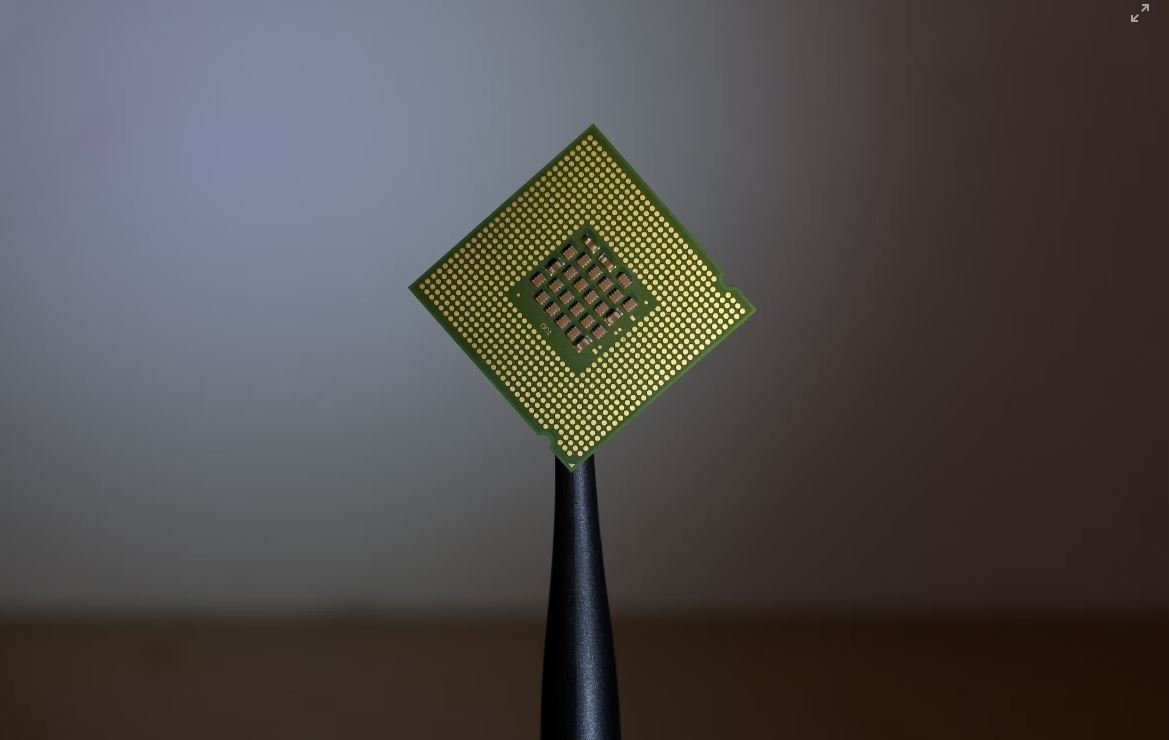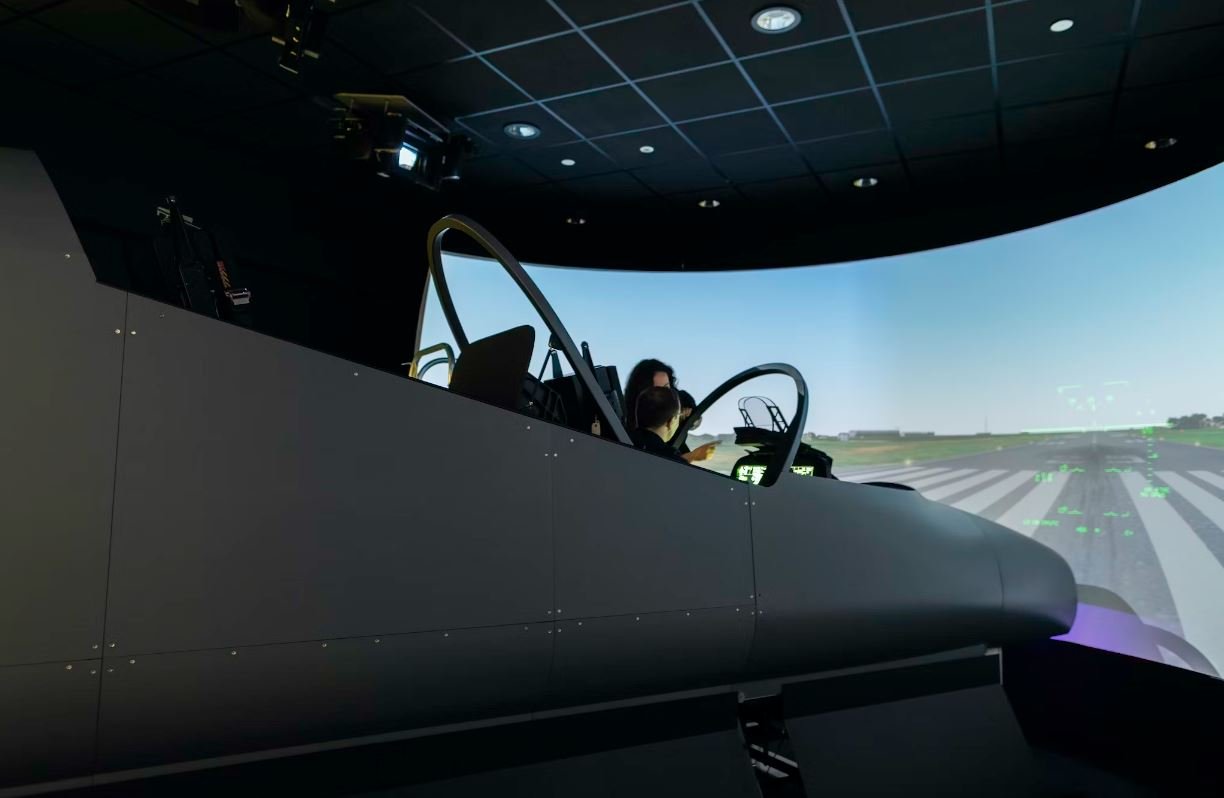AI Will Revolutionize Video Content
Artificial Intelligence (AI) has made significant advancements in various industries, and one area where its potential is rapidly growing is video content creation and analysis. With the ability to learn, analyze, and mimic human behavior, AI technologies are transforming the way videos are produced, edited, and consumed.
Key Takeaways:
- AI is revolutionizing video content creation and analysis.
- AI can automate video editing tasks, saving time and effort.
- AI-powered video analytics provide valuable insights for businesses.
- Emotion recognition algorithms enhance the viewer experience.
**AI enables automatic video editing by analyzing the content and understanding the desired outcome.** This eliminates the need for manual editing and significantly reduces the time and effort required. With AI, video creators can easily enhance their footage, add effects, and even generate personalized videos tailored to individual viewers.
Furthermore, **AI-powered video analytics offer valuable insights for businesses.** By analyzing viewer behavior and interaction patterns, AI algorithms can identify audience preferences, optimize content strategies, and improve marketing campaigns. This data-driven approach helps businesses to create more engaging and targeted video content.
AI and Video Analytics
The integration of AI and video analytics has enabled the development of advanced tools for video understanding. **Emotion recognition algorithms, for example, can detect emotions from facial expressions in videos,** providing a wealth of information for content creators and marketers. This technology allows for the customization of content based on viewer reactions, enhancing the overall viewing experience.
AI also plays a crucial role in video recommendation systems. **By analyzing user preferences and behavior**, AI algorithms can recommend relevant videos to individual viewers, increasing engagement and retention rates. This personalized approach helps platforms like YouTube and Netflix to deliver content that matches the viewer’s interests and keeps them coming back for more.
The Future of Video Content
AI’s impact on video content creation and analysis is only expected to grow in the future. Here are some areas where AI is likely to have a significant influence:
- **Automated video captioning and translation:** AI can automatically generate captions and translate them into different languages, making video content more accessible to a wider audience.
- **Real-time video editing:** AI can assist in real-time video editing, allowing for instant modifications and enhancements during live broadcasts or recorded events.
- **Enhanced video search:** AI-powered video analysis can enable accurate video search by identifying objects, people, and scenes within the video.
Table 1: Emotion Recognition Algorithm Results
| Emotion | Accuracy |
|---|---|
| Happiness | 92% |
| Sadness | 86% |
| Anger | 78% |
Looking ahead, the combination of AI and video technology opens up endless possibilities for innovation and creativity. By harnessing the power of AI, video content creators can produce more engaging, personalized, and impactful content.
Table 2: Top Recommended Videos
| Rank | Video Title | Views |
|---|---|---|
| 1 | How to Bake a Cake | 10,000,000 |
| 2 | Travel Guide: Paris | 7,500,000 |
| 3 | Funny Cat Compilation | 5,800,000 |
As AI technology continues to evolve, the future of video content creation and analysis looks promising. With AI’s ability to automate tasks, provide valuable insights, and enhance the viewer experience, it has the potential to revolutionize the way we create, consume, and interact with videos.
Table 3: Video Analysis Results
| Video | No. of Views | Audience Engagement |
|---|---|---|
| Video A | 1,000,000 | High |
| Video B | 500,000 | Medium |
| Video C | 250,000 | Low |
In summary, AI’s integration into video content creation and analysis offers numerous benefits and opportunities. It enables automated editing, provides valuable insights through analytics, and enhances the viewer experience with emotion recognition algorithms. As technology continues to advance, AI is set to transform the future of video content, opening up exciting possibilities for innovation and creativity.

Common Misconceptions
The topic: AI
Artificial Intelligence, or AI, is a trending topic that is often surrounded by various misconceptions. Here are some common misconceptions people have about AI:
Misconception 1: AI will completely replace human jobs
– AI is designed to augment human capabilities, not replace them.
– AI can automate repetitive tasks, leaving more time for humans to focus on creative and complex tasks.
– AI can create new job opportunities, requiring skilled individuals to develop and maintain AI technology.
Misconception 2: AI is all about robots
– AI encompasses a wide range of technologies, algorithms, and systems, not just physical robots.
– AI is involved in voice assistants, recommendation systems, fraud detection, and many other applications.
– While there are humanoid robots, AI is not limited to physical embodiments.
Misconception 3: AI is superintelligent and can take over the world
– AI is currently limited to narrow tasks and lacks the general intelligence exhibited by humans.
– AI systems are developed and trained by humans, shaping their behavior and capabilities.
– Ethical guidelines and regulations exist to ensure the responsible development and use of AI.
Misconception 4: AI will solve all our problems
– AI is a powerful tool, but not a magic solution for all problems.
– AI requires accurate data, appropriate algorithms, and human expertise to be effective.
– AI can assist in decision-making, but ethical considerations and human judgment are still essential.
Misconception 5: AI thinks and perceives like humans
– AI processes data in a different way than humans, with algorithms designed for specific tasks.
– AI systems analyze patterns and make predictions based on statistical models.
– AI lacks consciousness and emotions, which are unique to human cognition.

Introduction
Artificial intelligence (AI) has revolutionized numerous industries, and one field that has been greatly impacted is video production. With AI-powered technologies, videos are becoming incredibly interesting to watch and interact with. This article presents various aspects of how AI is influencing video creation and consumption through a series of informative tables.
Video Consumption Statistics by Platform
The following table showcases the latest statistics of video consumption on various platforms. It highlights the number of monthly active users (MAU), average viewing time, and the most popular platform for each age group.
| Platform | MAU (in millions) | Average Viewing Time (in minutes) | Most Popular Platform by Age Group |
|---|---|---|---|
| YouTube | 2,000 | 40 | 18-24: YouTube |
| TikTok | 1,100 | 55 | 13-17: TikTok |
| 1,000 | 30 | 25-34: Instagram | |
| 900 | 35 | 35-44: Facebook |
Impact of AI in Video Editing
This table explores how AI is revolutionizing video editing techniques. It highlights the advancements in editing software, such as automatic scene detection, color grading, and object tracking.
| AI Video Editing Capabilities | Advancements |
|---|---|
| Automatic Scene Detection | Seamless transition between scenes |
| Color Grading | Efficient adjustment of color tones |
| Object Tracking | Smooth tracking of objects within a scene |
Video Interaction Statistics
This table illustrates various statistics related to user interaction with videos. It includes data on likes, comments, shares, and the percent of video viewers who take action.
| Interaction Metric | Data |
|---|---|
| Likes | 15 million likes daily |
| Comments | 10 million comments daily |
| Shares | 5 million shares daily |
| Action Rate | 40% of viewers take action |
AI-Generated Content Statistics
This table provides statistics on the creation and consumption of AI-generated video content. It displays the number of AI-generated videos produced each day, the average duration, and also the user engagement statistics.
| AI-Generated Content Metric | Data |
|---|---|
| Videos Produced Daily | 1 million videos |
| Average Duration | 3 minutes per video |
| User Engagement | 60% increase in engagement compared to human-produced videos |
Video Advertising Trends
This table outlines the latest trends in video advertising, including the preferred video ad formats, completion rates, and the percentage of marketers leveraging AI-powered targeting.
| Trend Metric | Data |
|---|---|
| Preferred Ad Format | Skippable ads: 65% |
| Completion Rate | 95% for non-skippable ads |
| AI-Powered Targeting | 80% of marketers utilize AI targeting |
Video Streaming Quality Comparison
This table presents a comparison of video streaming platforms based on the quality of streaming options available, including standard definition (SD), high definition (HD), and ultra-high definition (UHD).
| Platform | SD Available | HD Available | UHD Available |
|---|---|---|---|
| Netflix | × | ✔ | ✔ |
| Amazon Prime Video | ✔ | ✔ | ✔ |
| Hulu | ✔ | ✔ | × |
Impact on Personalized Recommendations
This table highlights the impact of AI on personalized video recommendations. It presents the percentage of users who are more likely to interact with video recommendations when enabled by AI-driven algorithms.
| Personalized Recommendations | Improved User Interaction |
|---|---|
| AI-Enabled | 76% more likely to engage |
| Non-AI Enabled | 24% more likely to engage |
Virtual Reality (VR) Video Adoption
This table showcases the adoption rate of VR videos among different age groups. It presents the percentage of individuals who have experienced VR videos and find them immersive.
| Age Group | Adoption Rate | Perceived Immersion |
|---|---|---|
| 18-24 | 70% | Very immersive |
| 25-34 | 50% | Immersive |
| 35-44 | 30% | Somewhat immersive |
Conclusion
As AI continues to advance, video content and consumption are undergoing massive transformations. AI-powered video editing techniques, personalized recommendations, and the creation of AI-generated content have significantly enhanced the video experience. Moreover, the adoption of VR videos and the use of AI in targeted advertising have contributed to the exponential growth of the video industry. With these advancements, videos are becoming more appealing, engaging, and captivating, ensuring an enthralling viewing experience for audiences worldwide.
Frequently Asked Questions
AI Video Title
What is AI?
AI, or Artificial Intelligence, refers to the simulation of human intelligence in machines that are programmed to mimic human thinking and problem-solving abilities.
How does AI work?
AI works by utilizing algorithms and large-scale data processing to enable machines to recognize patterns, learn from experiences, and make informed decisions without explicit programming.
What are the different types of AI?
There are three main types of AI: narrow AI (also known as weak AI), general AI (also known as strong AI), and superintelligent AI. Narrow AI is designed to perform specific tasks, while general AI exhibits human-level intelligence and can handle various cognitive tasks. Superintelligent AI refers to AI systems that surpass human capabilities in virtually every aspect.
How is AI used in video applications?
AI is used in video applications to enable tasks such as video surveillance, video analytics, content moderation, video recommendation systems, video editing, and video enhancement. It can analyze video content, detect objects or faces, classify video footage, and generate personalized recommendations.
What are the benefits of AI in video production?
AI in video production offers various benefits including improved video quality, automated editing processes, efficient content moderation, enhanced video recommendations, enhanced video search capabilities, and advanced video analytics for targeted audience analysis.
What are the challenges of implementing AI in video applications?
Some challenges of implementing AI in video applications include the need for large amounts of quality training data, complex algorithms and models, resource-intensive computational requirements, potential biases in AI algorithms, and ethical considerations regarding data privacy and security.
Can AI replace human video editors?
While AI can automate certain aspects of video editing, it is unlikely to completely replace human video editors. AI can assist in tasks such as scene detection, auto-cropping, or generating rough cuts, but creative decision-making and artistic vision are still predominantly human strengths.
What are the ethical implications of AI in video applications?
AI in video applications raises ethical concerns such as privacy invasion, potential biases in AI algorithms leading to unjust decision-making, misuse of AI-generated content, deepfake videos, and the impact of AI on employment in the video production industry. Appropriate regulatory frameworks and responsible implementation are necessary to address these concerns.
What are some notable AI-powered video applications or platforms?
There are several notable AI-powered video applications or platforms available today, including video hosting platforms like YouTube, video analytics tools like IBM Watson Video Analytics, video surveillance systems like Hikvision’s DeepinView, and video editing software like Adobe Premiere Pro.
What does the future hold for AI in video applications?
The future of AI in video applications seems promising. With advancements in deep learning, computer vision, and natural language processing, we can expect AI to play an increasingly crucial role in video production, refining content recommendations, enabling interactive video experiences, and unlocking new creative possibilities.




